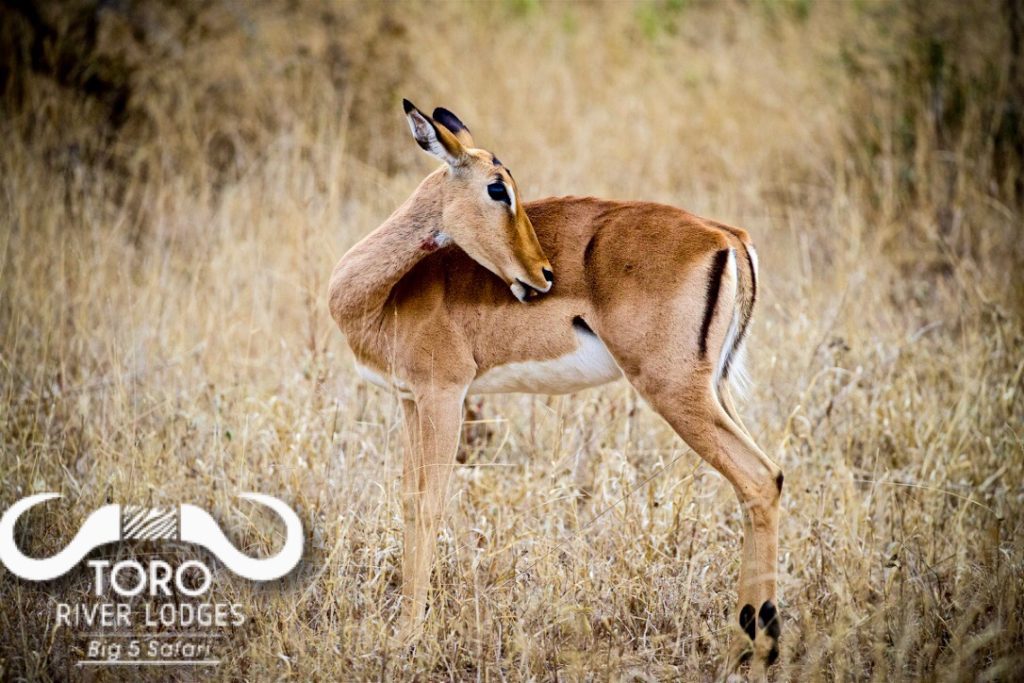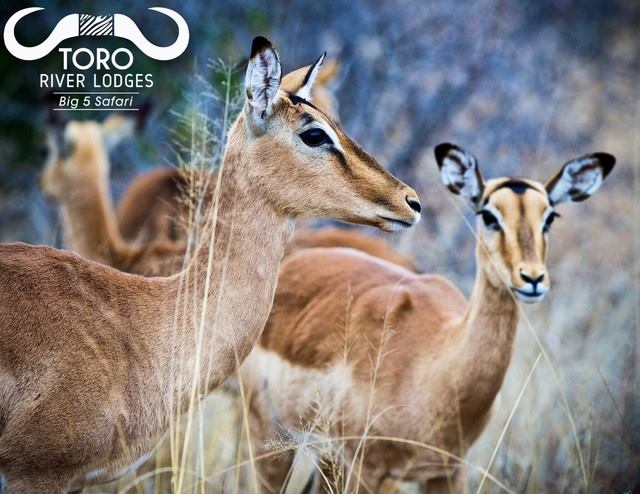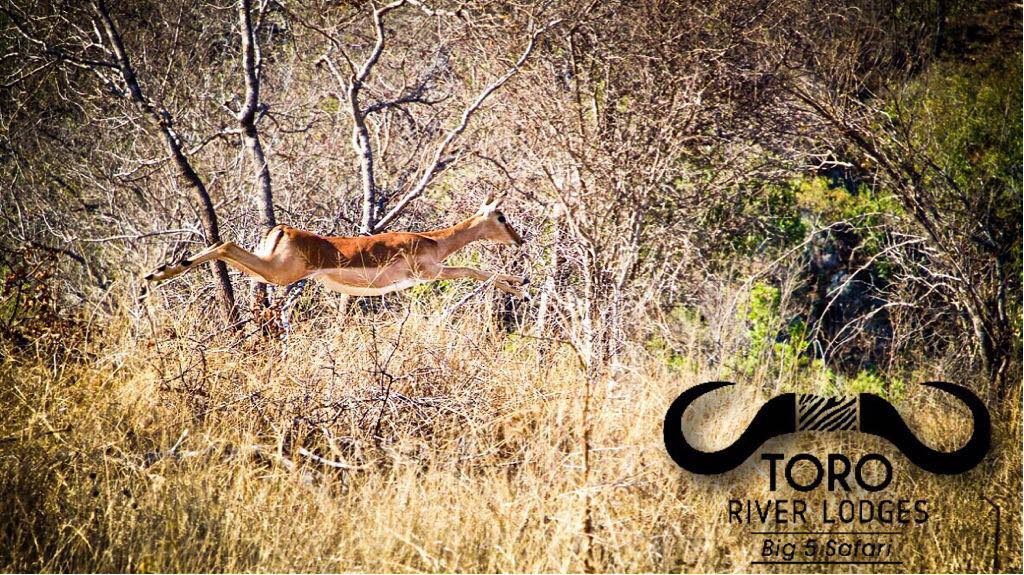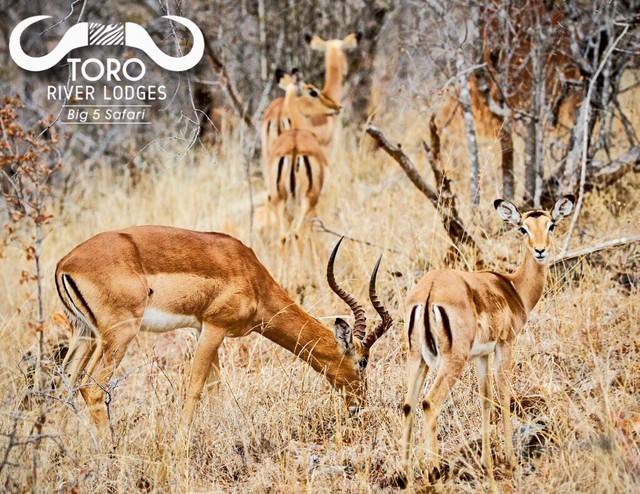The Fact Of The Day
The Impala is a very successful antelope species.
The Impala’s diet consists of both grass and browses, so they are termed ‘mixed feeders’. Being able to eat many types of vegetation benefits them, as it enables them to always have options for sustenance no matter the season.
Beautiful herd of impalas, enjoying a little breakfast in the Bush! @ToroRiverLodges #tororiverlodges #beautiful #impala #antelope #canon #photography #africa #safari #wildlife #nature #enjoy #breakfast #morning #wild #animals #life #safarilife #bushlife #africanature #lodge pic.twitter.com/mRVDqoRYne
— Toro River Lodges (@ToroRiverLodges) June 27, 2018

Impalas do need to always remain close to a water source, as they are water dependent, and hence will generally be within a 5km radius of the water that they drink daily.
The Impala is very proper in their mannerisms regarding personal hygiene, and consistently keep up with their grooming, as is evident in their shiny coats.
They have teeth specially made for this, with their lower incisors being loose in their sockets. The teeth splay open and provide a comb that passes through the impala’s coat, removing dirt and parasites.
Impala is also very social, and help each other out in grooming, as it is hard to reach some places by one’s self. This is called allo-grooming.

One impala grooms another in the hard to reach places, and then in return, the groomed impala will help out its comrade by doing the same. And amazingly, the impalas will groom each other for the same amount of time.
There’s no skimping out with the Impalas!
The impalas also have excellent senses, with large ears for hearing, and huge eyes that provide exceptional vision. And their eyes, like most antelope, are on the sides of their heads, which gives them fantastic peripheral vision.
All predators like to eat impala, yet their numbers are continually vast. One reason is that the Impalas are highly athletic. These antelope are very fast, and can jump as high as three meters and far as 12m long!
They often like to display their athleticism in front of predators, jumping and bounding, as if to say, “See my agility and speed! I’m not worth the effort of being hunted!”
The Impala also has a unique “follow me” sign on their rump, which looks very much like a McDonalds ‘M’ symbol. More impalas survive by following behind the other, and it creates a “middleman” safety effect.

Another way impalas keep in contact, is by the glands that are on their ankles. When impalas kick up their back legs, they activate these “metatarsal glands” leaving a trail for the other impala to follow. This way if some are scattered or lost during a predator’s attack, they can find the herd again. No man left behind.
But there is yet still another reason for the successful numbers of impala, and this is a result of impalas’ breeding habits.
Throughout the year, female and young impalas stay together in groups, called breeding herds. While males associates with the groups, they form their own groups called bachelor herds.
As January draws near its end, and days grow shorter, the male impala’s testosterone levels are increased. And so they separate from their bachelor groups, with intentions of claiming and setting up their own territory.
Ideally, these territories need to have the best of everything, like food, water, etc. The goal is to attract the ladies. So they must provide them with a home worth living in.
The impala males, which are called rams, run around, chasing away contenders.
They roar and make a lot of ruckuses. Their hopes are to sound much bigger and fiercer than they actually are, to avoid having actual conflict. This is also how they force the ladies into their territory.
But at times, battles do ensue, with the clashing of horns.
When May comes around, so comes the peak of the rut. And all the female impalas are ready for ‘love making’.
And within a three week period, the impala rams are constantly fighting off intruders, and mating. They do this so much to the extent that they forget to eat and groom. And so a male can usually only hold a territory for 8 days, before another male comes around, much fitter, and takes it and the females away.
And after these three weeks, all the female impalas have been mated.
6 to 6.5 months pass, in late November or early December, comes the flood of the impala lambs. Amazingly, however, female impalas can delay giving birth for a couples weeks if weather conditions are not good.

All are born at once. However, there is only so many lambs which can be eaten, so a vast majority survives. And hence, the impala antelope continues to thrive throughout Africa.
